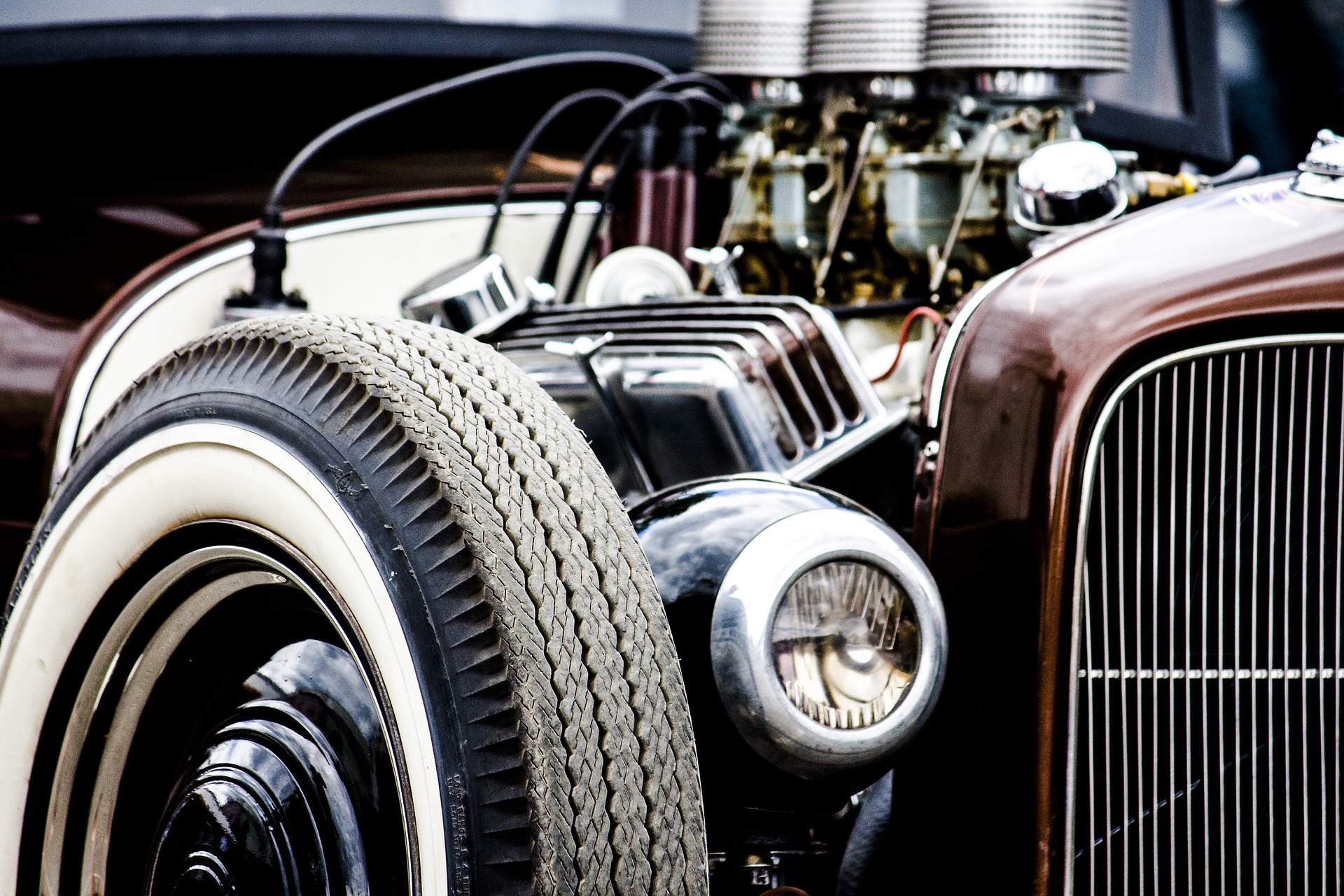"Shifting Gears: An In-Depth Look at Dual-Clutch Transmissions"
Ever sat behind the wheel and wondered about the intricate systems making your drive smooth and enjoyable? One such marvel is the dual-clutch transmission, a technology that has revolutionized the way we drive. Let's delve into its origins, how it works, and the impact it's having on the automotive industry.

Origins and Evolution of Dual-Clutch Transmissions
The dual-clutch transmission (DCT) isn’t a recent invention. Its origins trace back to the early 20th century, with patents filed as early as 1939. However, it wasn’t until the late 1980s when Porsche introduced the first commercially viable DCT in their 956 racing car. This technology was designed to offer the speed of a manual transmission with the convenience of an automatic.
Working Mechanism of Dual-Clutch Transmissions
The DCT is aptly named for its two separate clutches, each responsible for odd and even gear sets. This dual-clutch mechanism allows the transmission to preselect the next gear, offering seamless gear changes. The first clutch disengages the current gear simultaneously as the second clutch engages the next, resulting in a swift, smooth transition that enhances driving performance.
Impact and Benefits of Dual-Clutch Transmissions
The DCT’s most significant advantage is its efficiency. By reducing the interruption in power flow during gear changes, it improves fuel economy and performance. The DCT also offers drivers the choice between manual and automatic modes, providing the best of both worlds.
Challenges with Dual-Clutch Transmissions
Despite its benefits, the DCT isn’t without its drawbacks. It can be expensive to produce and maintain due to its complex design. Moreover, DCTs have been known to exhibit a lag during stop-and-go traffic, leading to a less-than-smooth driving experience.
Current Trends and Future Prospects
Today, DCTs are no longer limited to high-performance vehicles. Many car manufacturers, including Volkswagen, Ford, and Hyundai, have incorporated this technology into their mainstream models. The future of dual-clutch transmissions looks promising as continual advancements work to overcome existing challenges, making this technology even more appealing to everyday drivers.
In conclusion, the dual-clutch transmission has made a significant impact on the automotive industry. Its blend of efficiency, performance, and versatility has not only reshaped our driving experience but also opened up new possibilities for future automotive technology.




